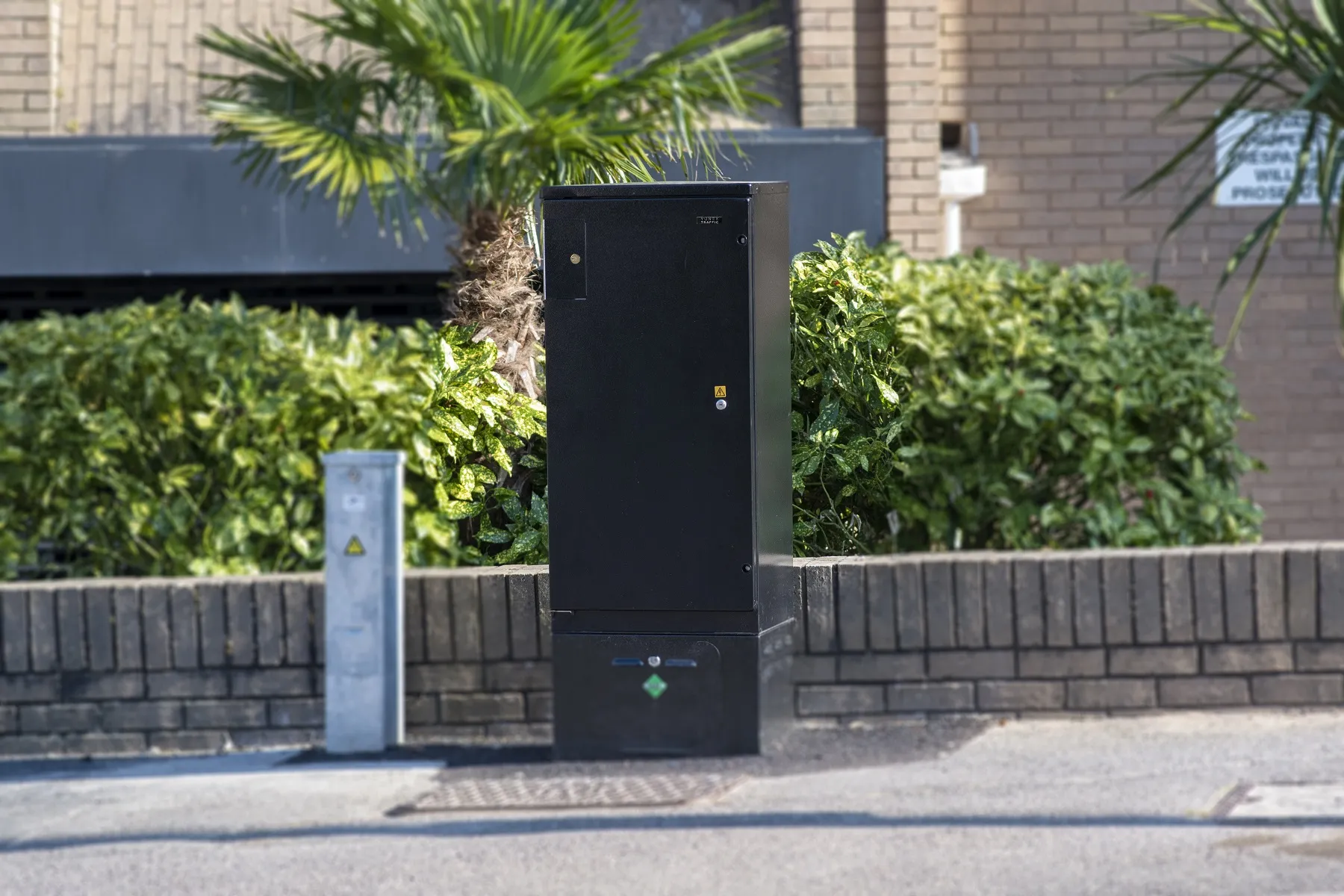
Two new traffic controllers have been added to Yunex Traffic’s Plus+ range.
Predominantly used in the UK, they have been developed specifically for small intersections and pedestrian crossings.
The ST950S (Small) and ST950SP (Small Pedestrian) controllers are both housed in a new smaller cabinet.
This uses the same in-cabinet equipment as the standard Plus+ system but is reduced in both height and width to provide a smaller footprint.
Each of the new controllers includes just one cabinet interface card (CIC) which supports up to 30 Plus+ nodes and are compatible with the full Plus+ range of Helios traffic signals and include licensed options for UTC, Stratos Monitoring, MOVA 7 and MOVA 8 functionality.
The new ST950SP will become Yunex’s standard, replacing the ST750 and ST750 ELV, which are to be withdrawn from sale later this year.
“The 950S provides the perfect solution for small intersections, delivering all the benefits of Plus+ including significant scheme cost savings compared to traditional ELV solutions," explains Wilke Reints, MD of Yunex in the UK.
"The smaller cabinet, with reduced width and height, makes the most of the simplified internal equipment layout and cabling and obviously takes up less space on pavements and at the roadside.“
The ST950SP builds on the standard ST950S features with the addition of integral outstation facilities which, Yunex says, removes the need for additional hardware, and the creation of 40 standard Plus+ pedestrian crossing design and configuration templates, which are available for free download from the Yunex website.
The company says the new controllers support multiple cable topographies to facilitate a wide range of installation layouts and can also support the use of microducting, which enables a series of three microducts, encased in a plastic housing, to be installed in slots cut in the carriageway from one footpath to another or around the junction using in-carriageway access chambers for changes of cable direction.
This makes installation "faster and significantly less disruptive and is particularly valuable where the existing ducting cannot be accessed", Yunex concludes.










